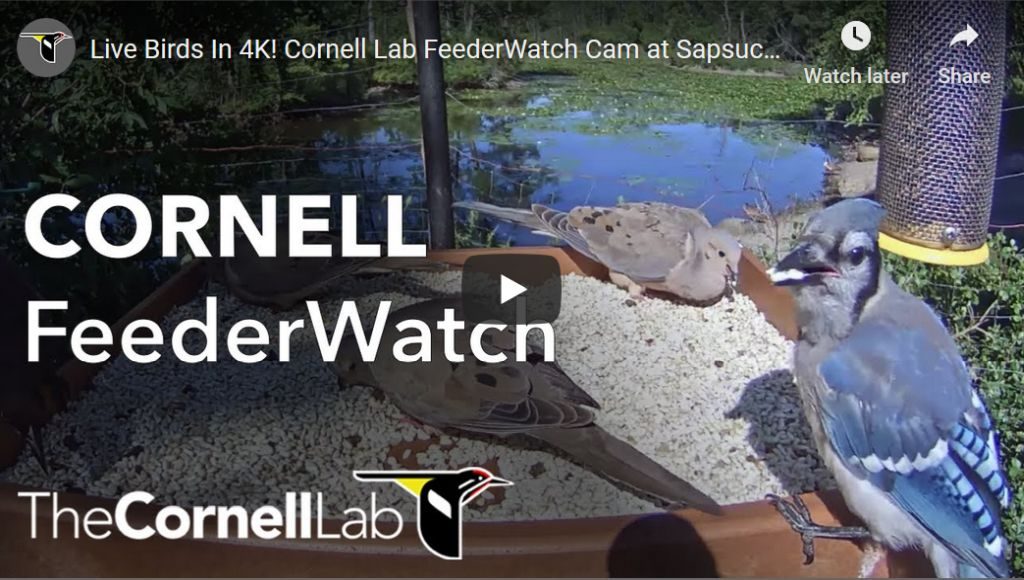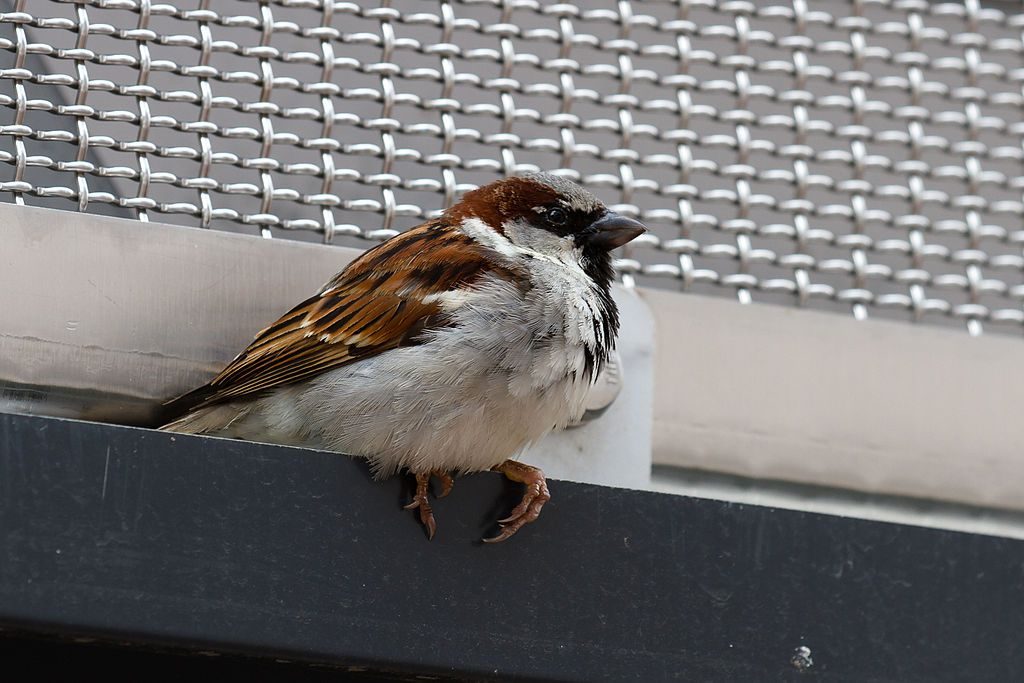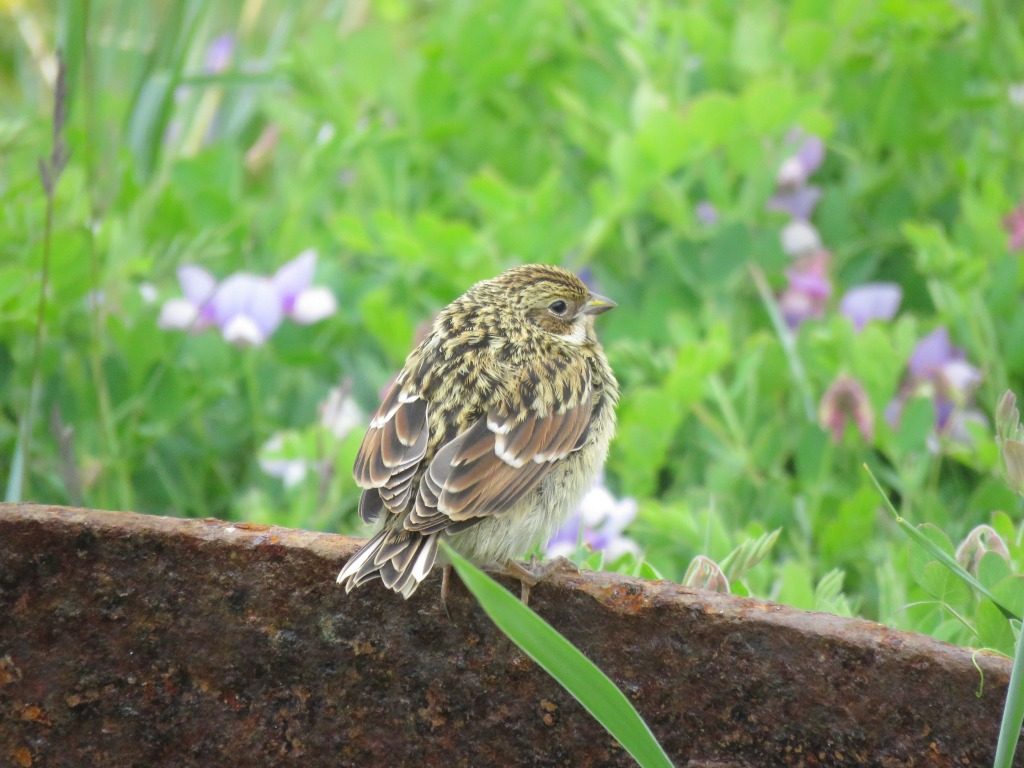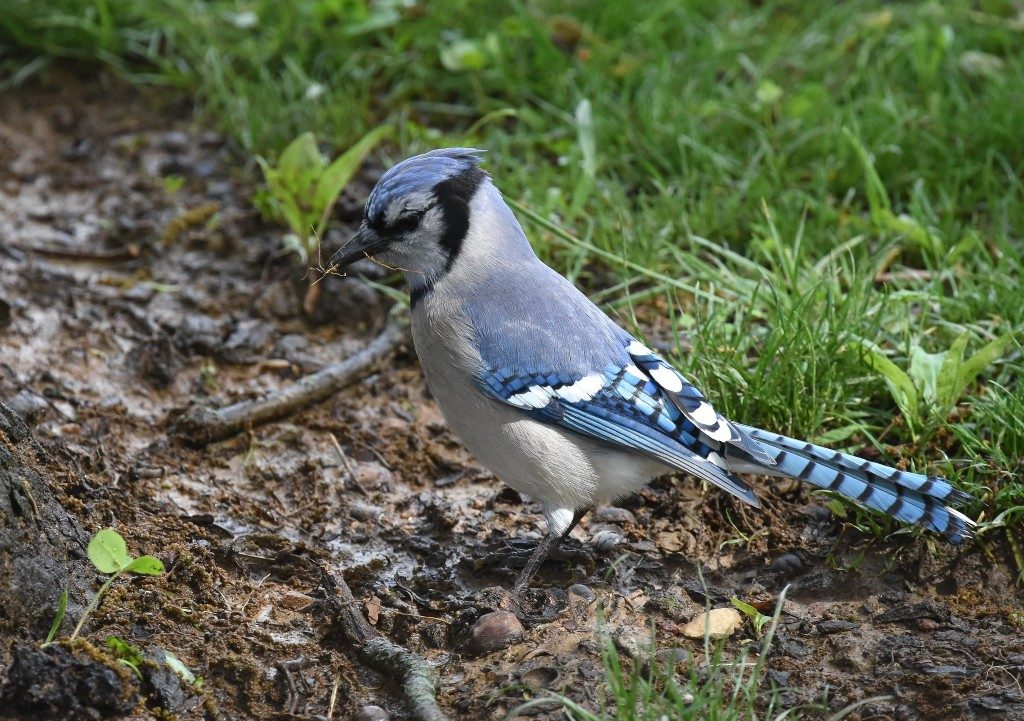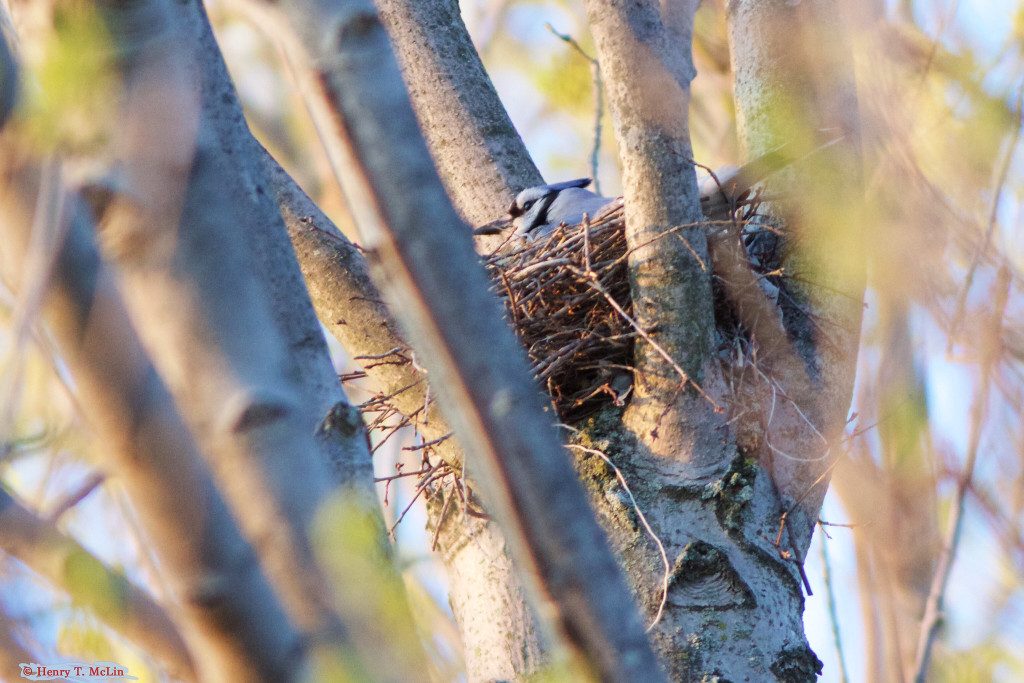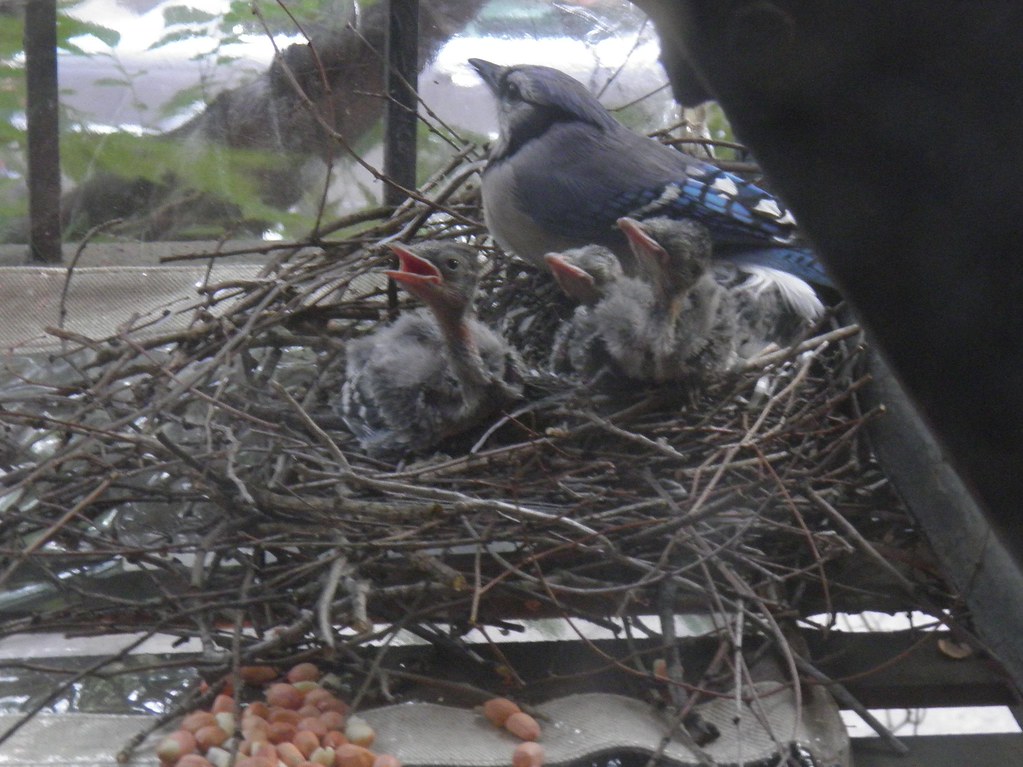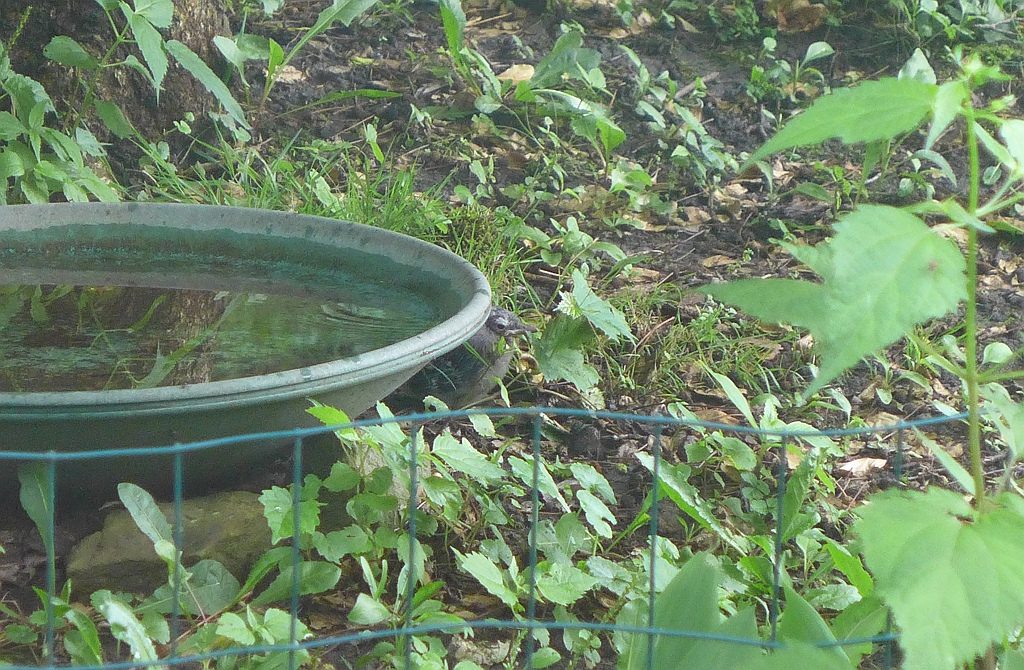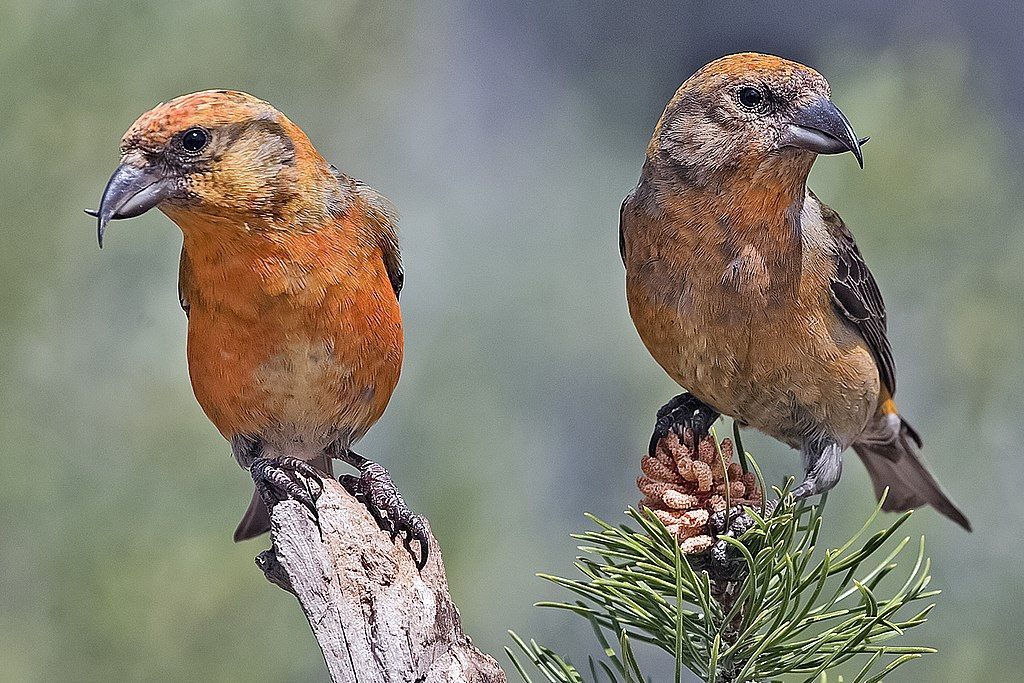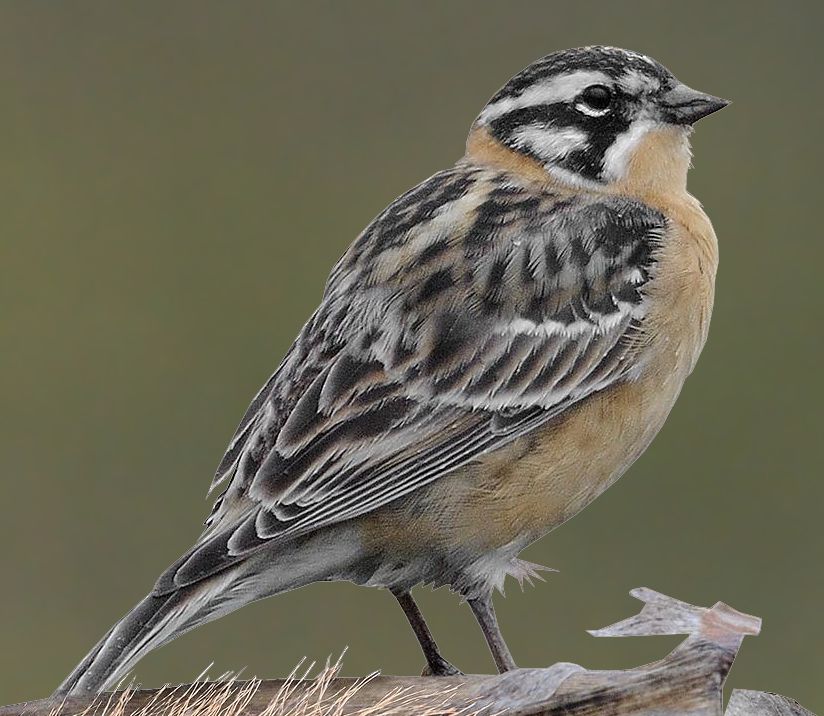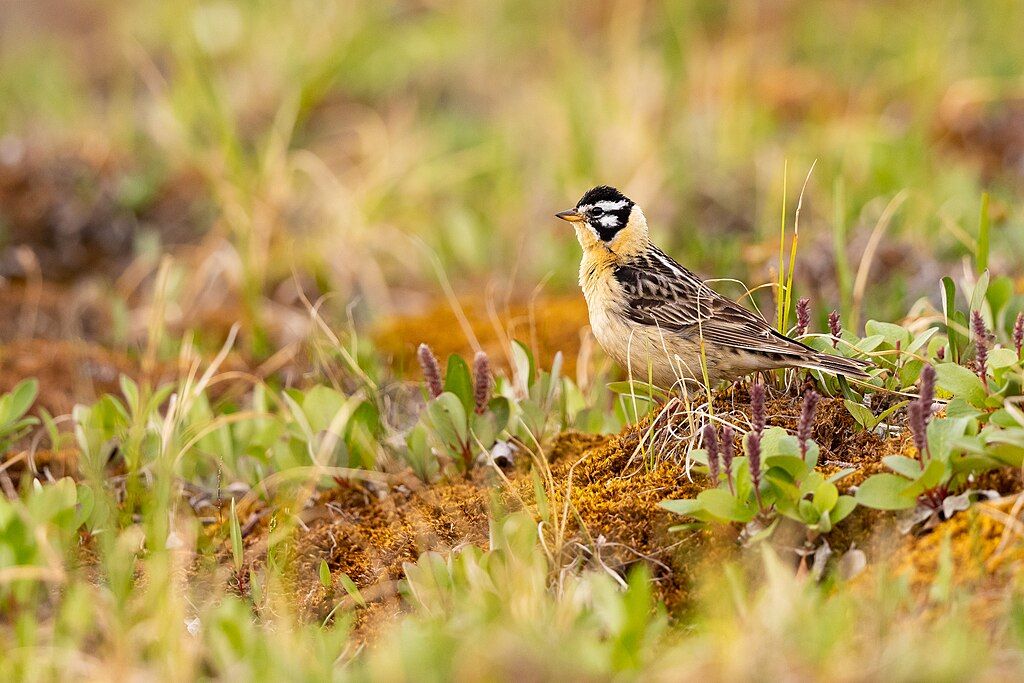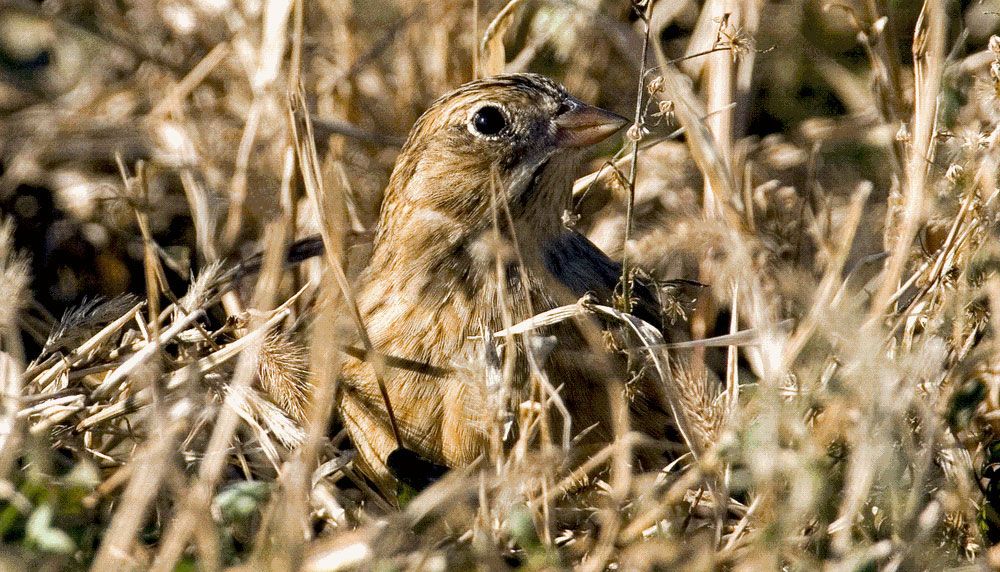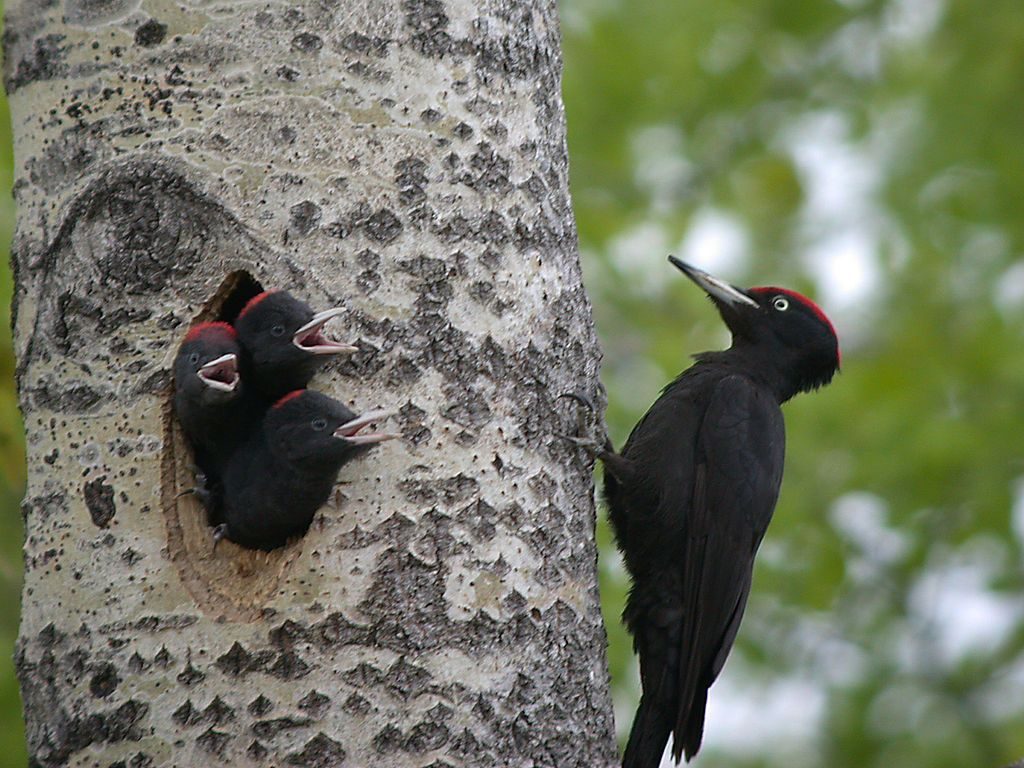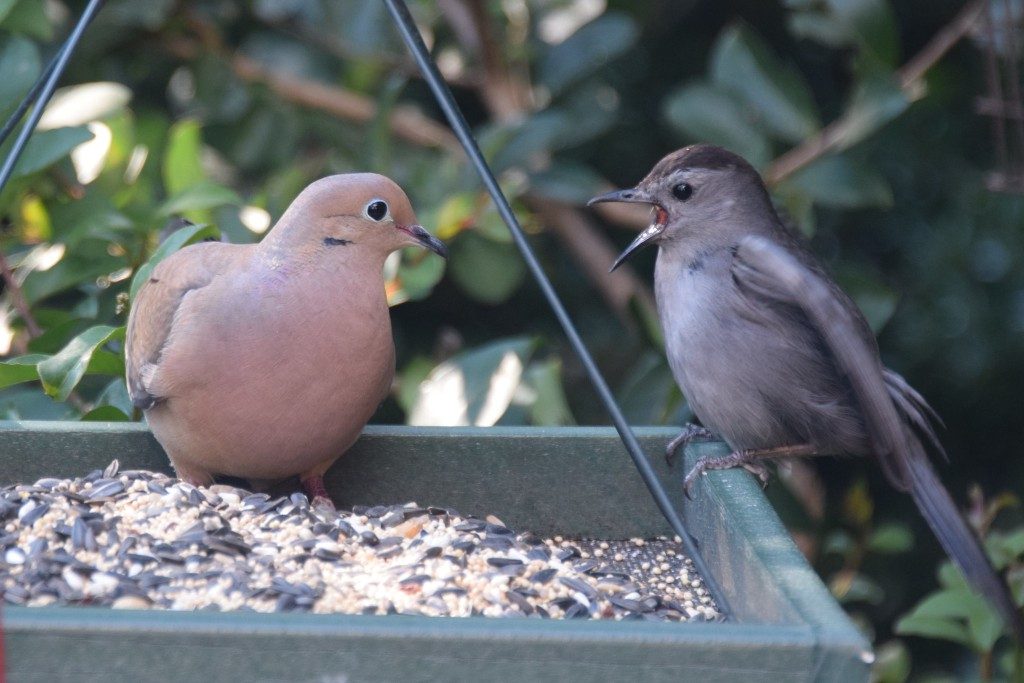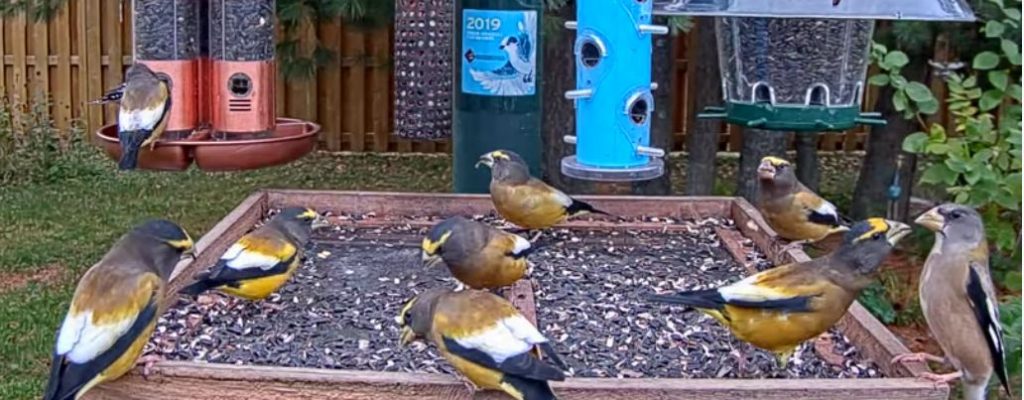
Where are the purple finches, pine siskins, and red-breasted nuthatches this winter? Where are the evening grosbeaks?
If you’ve noticed a lack of winter finches in the eastern U.S. this autumn you’re not mistaken. They’re staying up north.
In his 2019-2020 Winter Finch Forecast Ron Pittaway explained that seed and fruit crops in northern Ontario, Quebec and Newfoundland are exceptionally abundant this year. The winter finches have enough to eat so they’re staying home. Here’s who’s not coming to visit, not even to southern Ontario:
- Pine grosbeaks
- Purple finches: They usually come south, but not this year.
- Red and white-winged crossbills
- Common and hoary redpolls
- Pine siskins
- Evening grosbeaks
- Red-breasted nuthatches
- Bohemian waxwings
- Even blue jays will be less abundant because many are staying north.
If you want to see these species you’ll have to go to Algonquin Provincial Park or watch them online at Ontario FeederWatch, a backyard camera in the Thunder Bay region.
The evening grosbeaks pictured above came to the Ontario FeederWatch platform feeder on 28 October 2019. (Click here for the video.)
Get your winter finch fix at Cornell Lab’s Ontario Feederwatch.
(screenshot from Ontario Feederwatch)
